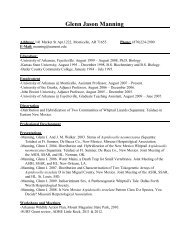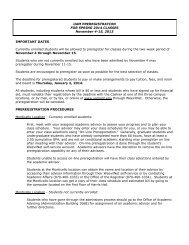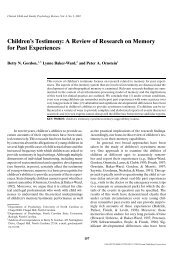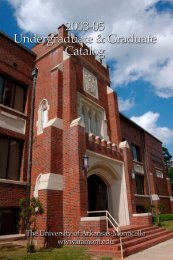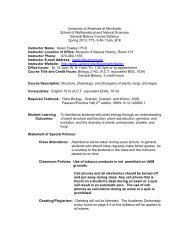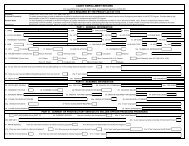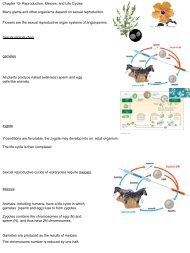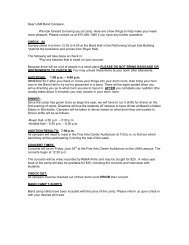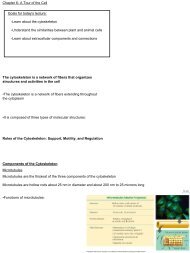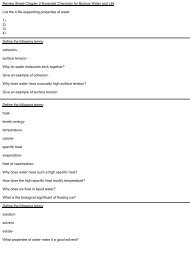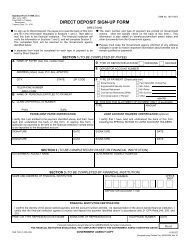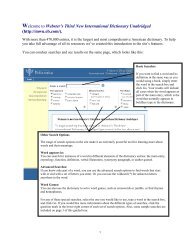Giant Molecules from Smaller Building Blocks Cells link monomers ...
Giant Molecules from Smaller Building Blocks Cells link monomers ...
Giant Molecules from Smaller Building Blocks Cells link monomers ...
You also want an ePaper? Increase the reach of your titles
YUMPU automatically turns print PDFs into web optimized ePapers that Google loves.
Cellulose<br />
Cellulose is the most abundant organic compound on Earth.<br />
Cellulose is also a polymer of glucose units, but<br />
the glucose <strong>monomers</strong> are <strong>link</strong>ed together in different<br />
orientation.<br />
a Glucose<br />
a and b glucose ring structures<br />
b Glucose<br />
Cell walls<br />
Cellulose microfibrils<br />
in a plant cell wall<br />
Microfibril<br />
Starch: 1–4 <strong>link</strong>age of a glucose <strong>monomers</strong>.<br />
Cellulose: 1–4 <strong>link</strong>age of b glucose <strong>monomers</strong>.<br />
b Glucose<br />
monomer<br />
Cellulose<br />
molecules<br />
•Enzymes that digest starch by hydrolyzing alpha <strong>link</strong>ages can’t<br />
hydrolyze beta <strong>link</strong>ages in cellulose<br />
Carbohydrates are hydrophilic (hydro=water; philic=loving) biological molecules.<br />
In contrast to carbohydrates and other biological molecules,lipids do not mix with water.<br />
Lipids are hydrophobic (hydro = water) (phobic=fearing)<br />
Lipids<br />
Examples of lipids are:<br />
Fats<br />
Dietary fats consist of the molecule triglyceride.<br />
The triglyceride is made of a molecule of glycerol joined with<br />
3 molecules of fatty acids.<br />
Like the hydrocarbons in gasoline, the long hydrocarbon<br />
chain of the fatty acid in a triglyceride stores a large<br />
amount of energy.<br />
A pound of fat packs more than twice as much energy as<br />
a pound of carbohydrates.



